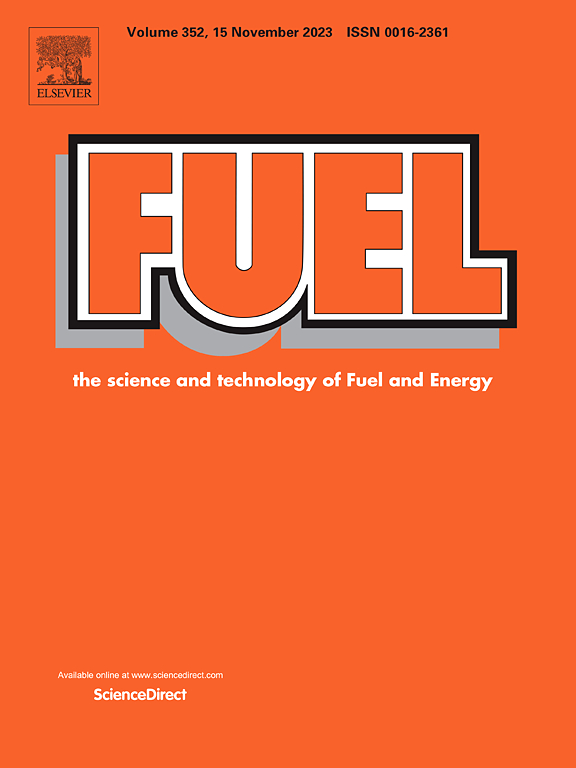Removal of SO2 and NO in flue gas using a vacuum ultraviolet light/Oxone/H2O2 oxidation system
IF 6.7
1区 工程技术
Q2 ENERGY & FUELS
引用次数: 0
Abstract
In this article, a vacuum ultraviolet light (VUV)/Oxone/H2O2 oxidation system was developed to realize the oxidation removal of NO and SO2 in simulated flue gas stream. Results show that the developed VUV/Oxone/H2O2 oxidation system shows much stronger NO removal ability than VUV/Oxone oxidation system. The synergistic effect between dual oxidants leads to a significant rise in the yield of free radicals, thus strengthening the removal of NO. The VUV/Oxone/H2O2 oxidation system realizes a high denitration and desulfurization efficiency (95.5 % for NO and 100 % for SO2). 185 nm wavelength realizes the best NO removal effect in this system. The increase of light intensity, H2O2 concentration and Oxone concentration can significantly promote NO removal. Increasing temperature leads to an initial increase and then a decrease in NO removal efficiency. Higher Oxone/H2O2 solution pH value has an adverse impact on NO removal. Five removal pathways, such as oxidation by hydroxyl radical, oxidation by sulfate radical, oxidation by oxygen atom/ozone, direct photolysis by VUV, and oxidation by peroxides, are responsible for NO removal. Among them, oxidation by hydroxyl radical plays a critical role, and oxidation by sulfate radical/oxygen atom/ozone plays a second critical role in NO removal. Absorption kinetics study shows that the oxidation removal process of NO in the VUV/Oxone/H2O2 oxidation system is within a fast kinetic region.

求助全文
约1分钟内获得全文
求助全文
来源期刊

Fuel
工程技术-工程:化工
CiteScore
12.80
自引率
20.30%
发文量
3506
审稿时长
64 days
期刊介绍:
The exploration of energy sources remains a critical matter of study. For the past nine decades, fuel has consistently held the forefront in primary research efforts within the field of energy science. This area of investigation encompasses a wide range of subjects, with a particular emphasis on emerging concerns like environmental factors and pollution.
 求助内容:
求助内容: 应助结果提醒方式:
应助结果提醒方式:


